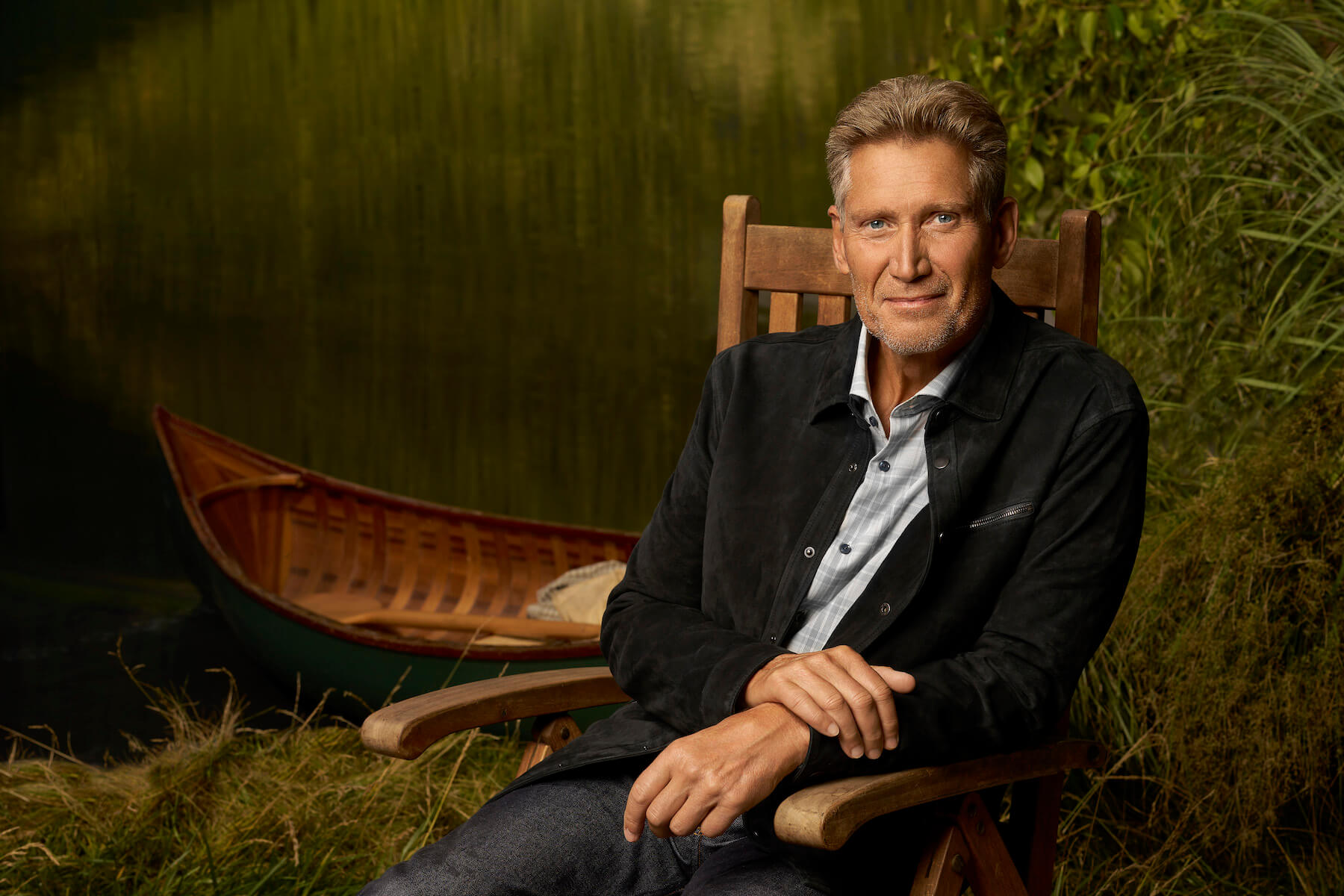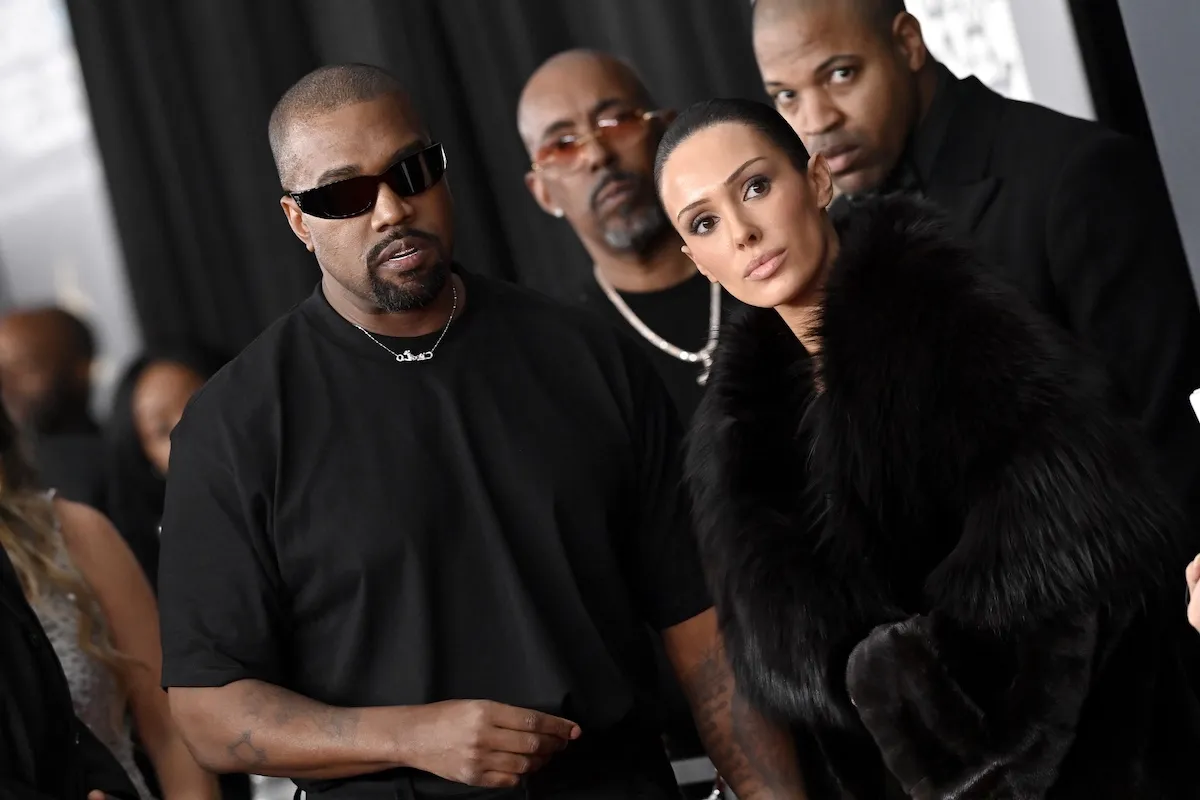‘The Mandalorian’: Is The Show’s $100 Million Budget Paying Off?
There’s a saying in movie circles when it’s very obvious that a movie has a big budget. People say, “The money is up there on the screen.”
In other words, it’s visually obvious where the money went, whether it was elaborate locations, sets and/or visual effects. Most blockbuster movies are like this. Just one look at the trailer will make it obvious why a movie has a nine-figure price tag.
That goes for the small screen too, at least when it comes to Star Wars and The Mandalorian. The overall show has a nine-figure budget, but the general consensus is that it’s money well spent since it’s the Star Wars product since the original trilogy that fans have had the fewest complaints about.
Breaking down Mandalorian money

According to a Screen Rant story, the budget of an episode of The Mandalorian is about $12.5 million. That may sound like chump change when we’ve become accustomed to seeing budgets of at least $100 million for big franchise products.
However, one has to consider that each episode of The Mandalorian is well under an hour. In fact, one of the few complaints about the series is that the episodes aren’t much longer than 30 minutes.
Taken altogether, the eight episodes of The Mandalorian cost $100 million, which sounds more in line with a Star Wars budget. It’s not cheap, but it’s not astronomical either. By contrast, Marvel’s upcoming Hawkeye series reportedly cost twice as much to make, and $200 million seems like a lot for a show about a very skilled archer.
This relatively medium budget does two things for The Mandalorian: It keeps up a certain standard of quality viewers expect from Star Wars, while also reigning in the stories and keeping them relatively simple so that each episode isn’t shooting the works in terms of visually extravagant scenes.
At its core, The Mandalorian is a space western, but like the Star Wars movies, it harkens back to the adventure serials that inspired George Lucas in the first place. That’s also why the episodes are short.
Being on Disney+ cuts down costs
Part of the expense of making a theatrical movie is distribution – spending money to put it in theaters. Studios spend money on posters, trailers, standees and other paraphernalia to bring their movies to theaters, and it costs money to ship Digital Cinema Packages (or, in a few remaining cases, actual film prints) to theaters.
Yes, The Mandalorian is a TV show and not a movie, but the principle still applies. By putting shows like The Mandalorian and movies like Noelle on their streaming service, Disney cuts down on a lot of its costs. In a way, it’s like the Golden Age of Hollywood, when the studios used to own their own movie theaters. In the days when movie studios were like factories, cranking out a film or two a week, Paramount, MGM, Warner Bros. and others could put their movies in theaters they owned.
In the late 1940s, the government ruled this was a monopoly and forced studios to divest themselves of their theaters. There has recently been talk the government may roll back that ruling, called the Paramount Consent Decrees.
Now, in a roundabout way, by putting its product on its own streaming service, Disney has brought back putting movies in its own theater – and in this case the theater is Disney+. Customers hand over $7 a month, and Disney makes a ton of money, as it usually does.
Ironically, the old way may be the way of the future, as there has been some speculation that Star Wars will move from the big screen to the small.
Fans are mostly pleased with ‘The Mandalorian’
In the shadow of the divisive The Last Jedi, and the box office failure of Solo, The Mandalorian’s mostly glowing reception comes as a relief to Disney and to Star Wars fans, who have cheered the show. The sensation of Baby Yoda alone has brought much-needed positive news to the franchise
Once Episode IX wraps up the Skywalker saga, Disney will make more movies, but there is also more television coming too. On deck are a series about Diego Luna’s Rogue One character, which sounds like it will tread similar ground to The Mandalorian, and the Obi-Wan Kenobi series, which will bring back Ewan McGregor, one of the few features of the prequel trilogy fans didn’t hate.
The future of Star Wars may be a little uncertain, but perhaps by scaling down, Disney may have made the franchise’s future brighter.


